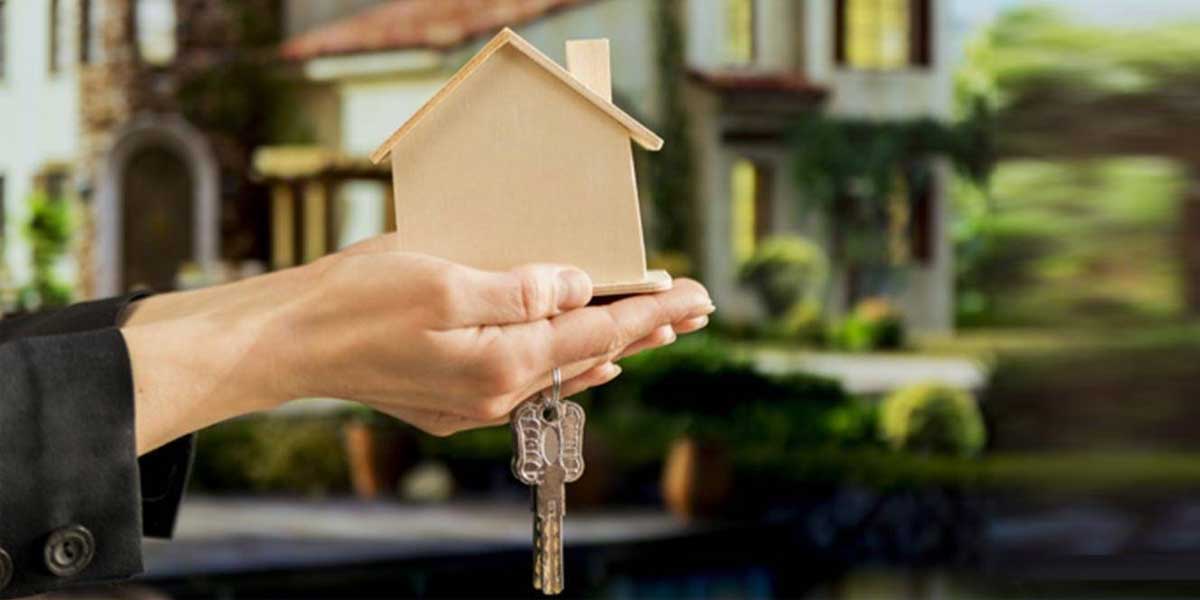According to ANAROCK statistics, house sales in the top seven cities totalled 24,570 units in Q2 2021, up 93 percent year over year but down 58 percent quarter over quarter.
Despite the second wave's localised lockdowns and limitations, developers launched new projects (mainly online) and put 36,260 units on the market throughout the top seven cities. The first COVID-19 wave in 2020 had a considerably greater influence on residential real estate than the second wave this year. According to ANAROCK statistics, house sales in the top seven cities totaled 24,570 units in Q2 2021, up 93 percent year over year but down 58 percent quarter over quarter.
In the same quarter of 2020, 12,740 units were sold, compared to 58,290 units in the previous quarter (Q1 2021). Between April and June 2021, MMR and Pune drove a large proportion of house purchases, accounting for 46% of overall sales.
Despite localised lockdowns and restrictions as a result of the second wave, developers launched new projects (mainly online) and put 36,260 units on the market throughout the top seven cities. Hyderabad, surprisingly, is the leader in overall home releases, with about 8,850 units launched in Q2 2021, followed by MMR with 6,880 and Bengaluru with 6,690.
With a 36 percent share, the premium budget category (priced between Rs 80 lakh and Rs 1.5 crore) had the most new releases in the quarter. Then there was the mid-range category (priced between Rs 40 and Rs 80 lakh). In contrast to prior quarters, affordable housing only accounted for 20% of new supply in Q2 2021.
“The second COVID-19 wave undoubtedly hampered total residential property market activity in the second quarter this year as compared to the prior quarter,” Anuj Puri, Chairman, ANAROCK Property Consultants, stated. However, the industry showed exceptional resiliency when compared to the same time in 2020. There was a substantial year-over-year increase in both new launches and revenues as a result of developers using technology in their operations. Importantly, the regional lockdowns and limitations did not have the same impact on activity as last year's nationwide lockdown.”
“In addition, we witnessed the growing dominance of publicly traded and leading developers, whose sales share versus smaller and disorganised developers grew even more in the second wave, from 40:60 to 43:57. In fiscal year 2017, the ratio was 17:83. Smaller and less organised players felt the second wave's impact more acutely,” he added.
Restrictions are gradually being eased in many places, and the immunisation campaign is gaining traction. “As a result, we anticipate sustained increase in residential demand in the coming quarter. The previously mentioned structural change in housing demand is still present — many current homeowners are looking to upgrade to larger houses, and formerly purchase-averse millennials are still active property buyers,” Puri added.
Sales Overview
In Q2 2021, close to 24,570 units were sold throughout the top 7 cities, compared to 58,290 units in Q1 2021, a 58 percent decrease from the previous quarter. In this quarter, NCR, MMR, Bengaluru, and Pune accounted for 74% of total sales. Housing sales grew by 93 percent in Q2 2021 compared to Q2 2020.
New Launch Overview
In Q2 2021, the top 7 cities had about 36,260 new units launched, down from 62,130 units in Q1 2021 — a 42 percent reduction Q-o-Q owing to the 2nd COVID-19 wave. During Q2 2021, the southern cities of Hyderabad, Bengaluru, and Chennai accounted for 51% of all new debuts. Only 1,400 units were launched in the top seven cities in Q2 2020.
Unsold Inventory
Unsold inventory grew by 2% in Q2 2021 over Q1 2021 across the top 7 cities, as fresh supply exceeded total absorption in this quarter. Unsold inventory grew from 6,41,860 units in the first quarter of 2021 to about 6,53,540 units in the second quarter. The entire unsold stock in the top seven cities grew by 3% year over year. The two biggest real estate hotspots — MMR and NCR – nevertheless, saw their unsold inventory rise.
Price Movements
In Q2 2021, average residential property prices across the top 7 cities were unchanged from the previous quarter due to the second COVID-19 wave. On an annual basis, average residential prices in Bengaluru and NCR increased by 2%, while average property prices in MMR, Pune, Hyderabad, and Chennai increased by 1%. The average property prices in Kolkata did not vary year over year.




















